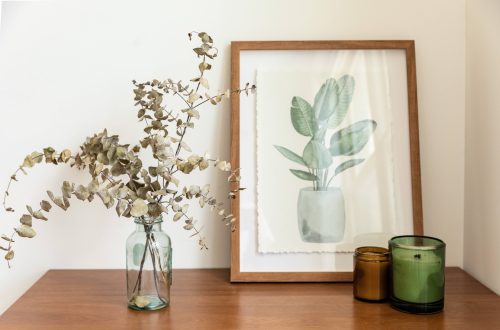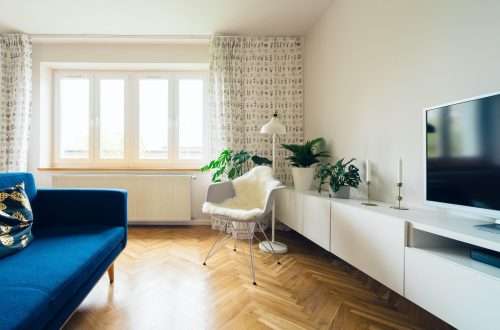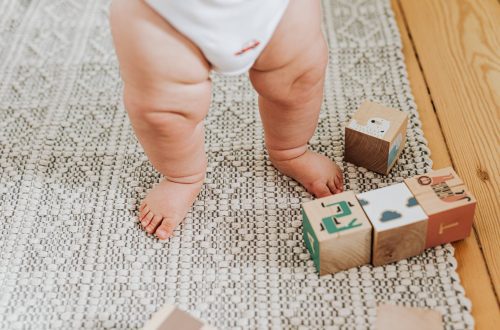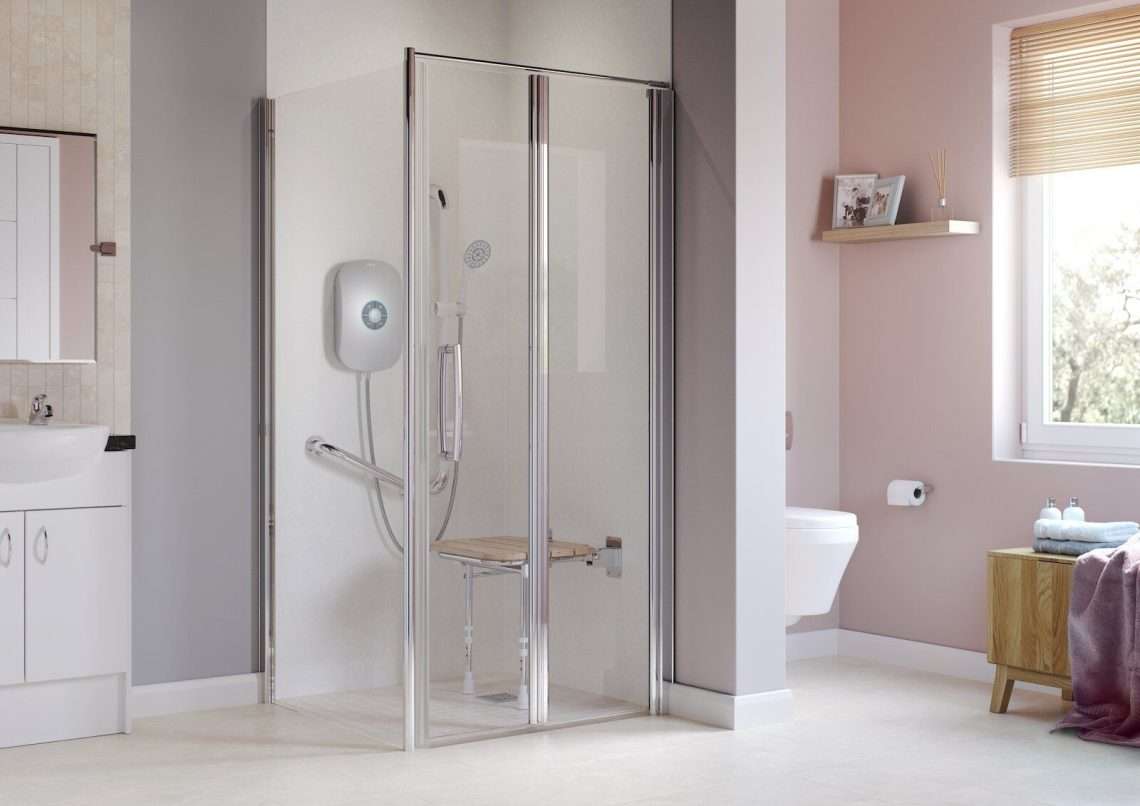
Ageing in Comfort: Elderly-Friendly Bathroom Design
It’s a simple, irrefutable fact of life – we all grow old. As we age, our bodies change, and tasks that were once simple can become a bit more challenging. Nowhere is this more evident than in the bathroom, a space that should feel safe and comfortable, but can sometimes feel like navigating an obstacle course.
This article aims to share some handy tips and tricks to transform your bathroom into a haven of safety and ease of use. We’ll explore some elderly-friendly bathroom designs that prioritise comfort without compromising on style. So, whether you’re planning ahead for your golden years or looking to assist a loved one, keep reading for a wealth of practical, down-to-earth advice.
The Foundation of Elderly-Friendly Design
The foundation of creating an elderly-friendly bathroom is incorporating elements that enhance safety, accessibility, and comfort. Central to this is choosing a bathroom designer who specialises in accessible design. Companies such as EA Mobility are leading the way in creating bathrooms that not only look great but are tailored to the needs of older individuals.
Their designs prioritise ease of use, and their attention to detail in aspects like non-slip flooring, carefully positioned grab bars, and walk-in showers can make a world of difference. It’s through these thoughtful design choices that a bathroom can truly become a safe space, allowing seniors to retain their independence and age in comfort. The foundation of an elderly-friendly bathroom is not about compromising style for functionality, but rather cleverly integrating the two.
Prioritising Safety: Non-Slip Surfaces and Fall Prevention Strategies
Slips and falls are a major concern for the elderly, especially in the bathroom, where wet and slippery surfaces are the norm. However, with the right design choices, you can significantly reduce the risk and give peace of mind to both the elderly individual and their loved ones.
Firstly, installing non-slip surfaces is crucial. These surfaces are specifically designed to provide grip, even when wet, and are ideal for floors, shower trays, and bath surrounds. Materials like textured tiles, vinyl, or rubber are excellent choices that are both practical and stylish.
Handrails and grab bars positioned strategically around the bathroom can be a huge help. Make sure to install them near the toilet, inside the shower, and next to the bath. These should be strong, securely attached, and easily reachable, providing extra stability and support during movement.
Walk-in showers or baths are also a fantastic addition, eliminating the need for stepping over high sides which can be hazardous. These can be fitted with seats and easy-access controls to make showering or bathing a comfortable and relaxing experience.
Lastly, consider the layout of your bathroom. Keep it simple and uncluttered to ensure easy navigation. Make sure commonly used items are within easy reach to prevent unnecessary stretching or bending.
Remember, prioritising safety doesn’t mean sacrificing style. There are ample designs and finishes available to ensure your bathroom is both safe and visually appealing. Prioritising safety in bathroom design is not just about preventing accidents, but also about promoting independence and confidence in seniors.
Step-Free Entry: Barrier-Free Showers and Tubs for Easy Access
Navigating traditional bathtubs and showers can be quite an ordeal for the elderly. Stepping over high tub edges or slippery shower bases can be precarious and intimidating. However, introducing step-free entries can turn this everyday task into a breeze, promoting a safer, more comfortable bathing experience.
Barrier-free showers, also known as walk-in showers, are an ideal solution. They feature a level entrance, eliminating any hurdles and making it easy for individuals to walk (or wheel) in and out. For an added layer of safety, consider installing a shower seat and adjustable shower head. This allows for a relaxing, seated shower experience, reducing the risk of slips and falls.
Walk-in tubs are another excellent option. Unlike traditional tubs, they have a door that allows direct, step-free access. These tubs are specifically designed for easy entrance and exit, and many models come with built-in seats for added comfort.
While these features primarily focus on safety and accessibility, they need not be purely utilitarian. Thanks to a wide range of styles and finishes available, you can ensure that your barrier-free shower or tub complements your bathroom décor, blending functionality with aesthetics beautifully.
Remember, the goal is to create a bathroom space that marries safety, comfort, and style. It’s not simply about accommodating the needs of the elderly, but rather enhancing their quality of life by fostering independence and preserving dignity.
Seating and Support: Incorporating Comfortable and Sturdy Fixtures
Seating and support should always be considered in designing bathrooms for the elderly. It’s not just about installing a chair or stool; it’s about integrating seating and support elements that work seamlessly with the overall design, offering comfort, stability, and style.
Seating in the shower or bath can be a boon for seniors who may find standing for long periods challenging. Shower seats or bath benches provide a place to rest and take it easy while bathing. They come in various designs, from fold-away models to built-in benches, and can be chosen to complement the rest of your bathroom’s decor.
Toilet seats too deserve attention. Raised toilet seats can make sitting and standing easier, reducing the strain on knees and hips. Consider choosing one with armrests for additional support.
Handrails and grab bars, as we’ve mentioned before, are essential aids in an elderly-friendly bathroom. They provide the sturdy support needed when moving around or getting in and out of the shower, bath, or toilet. But they don’t have to be clinical or unattractive. Today’s market offers a wide range of stylishly designed grab bars that can seamlessly blend with your bathroom aesthetics.
Finally, don’t forget about the sink. Lever taps or sensor-activated ones can make washing hands and brushing teeth much easier, helping to maintain personal hygiene.
Incorporating comfortable and sturdy fixtures in the bathroom design can significantly enhance the user experience for the elderly, providing them with the support they need without compromising on the beauty of the space.
Optimal Lighting: Illumination for Clear Visibility and Ambiance
Good lighting plays a vital role in ensuring safety and accessibility in a bathroom designed for the elderly. It’s not just about making the space look bright and inviting, but about illuminating key areas to prevent accidents and enhance visibility.
Start by considering natural light, which is not only beneficial for visibility but also helps maintain a good circadian rhythm. Wherever possible, maximise the use of windows and skylights to allow ample daylight into the bathroom. However, ensure that the windows are frosted for privacy.
For artificial lighting, ensure that you have a well-placed, bright overhead light that illuminates the whole room evenly. Additional task lighting can be installed in specific areas, such as over the mirror for grooming or near the shower and toilet for improved visibility.
Consider installing night lights or motion-sensor lights for safe navigation during the night. They can be a great help when visiting the bathroom without fully waking up, ensuring that the path is always lit.
Remember, the lighting fixtures you choose can also contribute to the overall aesthetics of the bathroom. From sleek LED strip lights to elegant pendant lights, there are plenty of options that can enhance the ambience while providing practical illumination.
In summary, optimal lighting not only ensures clear visibility and safety but also improves the ambience of the bathroom, making it a pleasant space for seniors to use. As with all aspects of designing an elderly-friendly bathroom, balancing function and style is key.
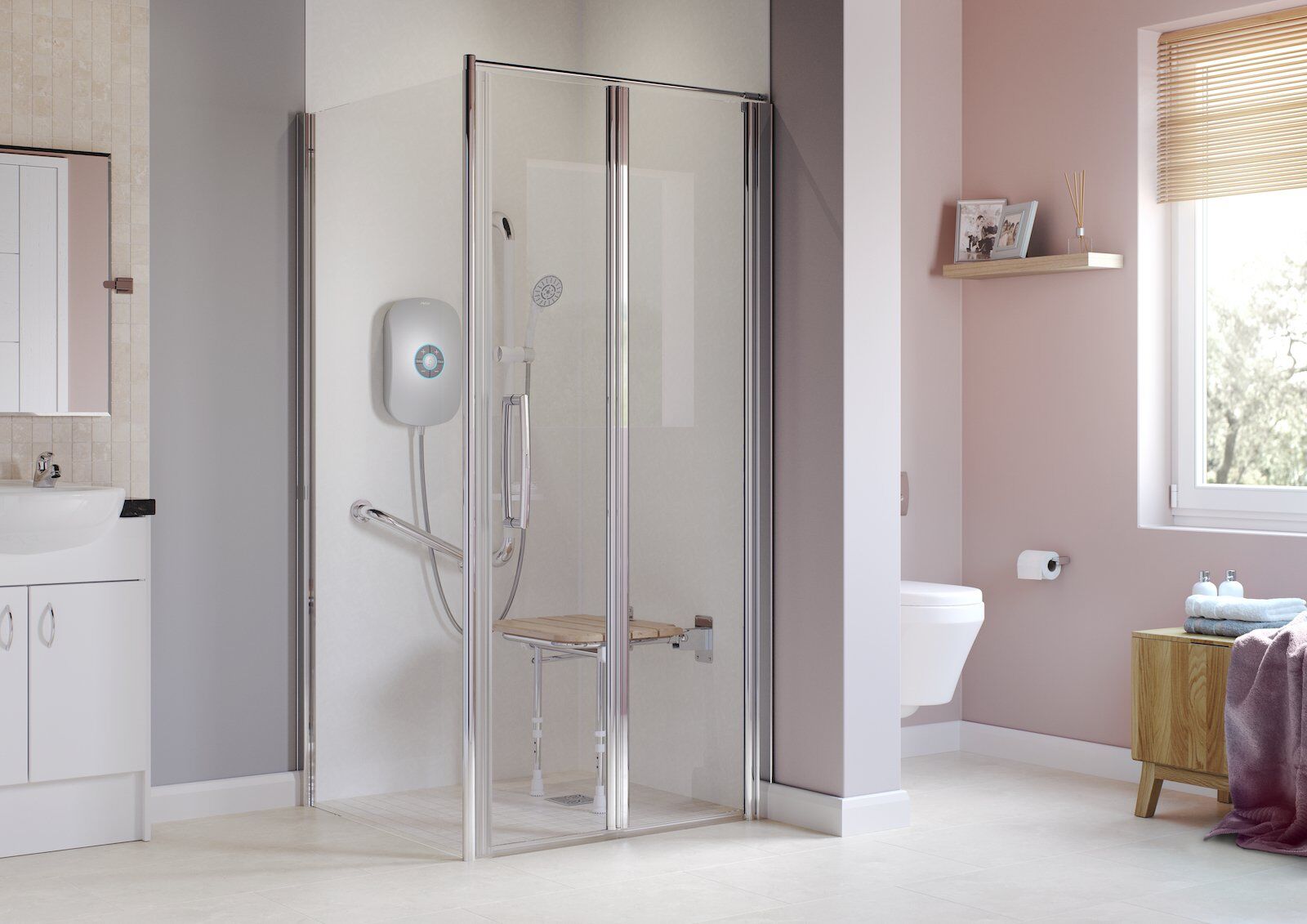
Courtesy of EA Mobility
User-Friendly Faucets and Controls: Easy-to-Operate Fixtures
Selecting the right faucets and controls is essential in creating an elderly-friendly bathroom. Consider opting for lever handles, touchless faucet models, or single-handle designs, which are easier to operate than traditional dual-handle faucets. These styles allow for easy water control and require less dexterity and strength, making them particularly suitable for seniors who may have arthritis or other mobility issues.
Moreover, consider installing anti-scald devices on faucets to prevent hot water burns. Thermostatic mixer valves can be a wise choice as they maintain a constant water temperature, even when other water outlets are used simultaneously. The aim is to blend practicality with ease of use, ensuring that the bathroom remains a comfortable and safe space for the elderly to navigate independently.
Functional Storage: Accessible Shelving and Organisational Solutions
Storage solutions are an integral part of any bathroom, and even more so in an elderly-friendly one. Careful planning and smart design choices can result in storage that is not only functional but also enhances the overall usability of the space.
For starters, ensure all storage areas are easily reachable – avoid high shelves that require stretching or bending to access. Instead, consider installing pull-out drawers or sliding shelves in cabinets, as they allow easy access to items stored at the back without strenuous bending.
Open shelving is another practical solution, offering visibility and ease of reach. However, to avoid clutter, it’s best used for frequently used items like towels or toiletries. Also, consider the use of vertical space. Wall-mounted units or over-toilet shelving can provide extra storage without taking up precious floor space, making movement around the bathroom easier.
Don’t forget the small details like hooks and holders. Placed strategically, these can be handy for hanging bathrobes or holding toothbrushes, adding to the convenience.
Lastly, ensure all storage fixtures are sturdy and secure, particularly if they might be used for support. As always, style needn’t be sacrificed for functionality – with a range of designs available, you can choose storage solutions that complement the bathroom’s decor, maintaining the balance between aesthetics, safety, and comfort.
Privacy and Independence: Designing with Dignity in Mind
The notion of privacy and independence is paramount when designing a bathroom for elderly individuals. It’s not just about convenience, but also about empowering them to carry out their daily routines with dignity and self-reliance. To this end, consider adding features that aid in privacy, such as privacy glass on windows or a lockable door that can be easily unlocked from the outside in case of emergencies.
Moreover, if space permits, it may be worth considering the addition of a seated dressing area within the bathroom. Equipped with a comfortable chair and a mirror at an appropriate height, this dedicated space can lend itself to tasks such as hair combing or makeup application, allowing the individual to prepare for the day in a secure and comfortable environment. As always, ensure the area is well-lit, with any necessary aids such as magnifying mirrors or long-handled combs within easy reach. Such thoughtful touches can go a long way in fostering a sense of independence and dignity for seniors.
Future-Proofing the Design: Adaptable Features for Changing Needs
Designing a bathroom that is capable of evolving with potential changes in mobility may seem intimidating, but with the correct strategy, it is entirely feasible. A method to ensure the design is future-proof is to include adaptable elements that can handle prospective physical impairments. This could translate into implementing wider door openings, ramps, or even stair lifts.
But the question remains: How do you prepare for these alterations without engaging in extensive refurbishments? Luckily, straightforward tactics such as adopting open floor layouts and reducing permanent fixtures can offer the necessary adaptability to execute alterations when required. Through a bit of judicious planning and foresight, you can craft a space that will cater to your evolving requirements for many years to come.
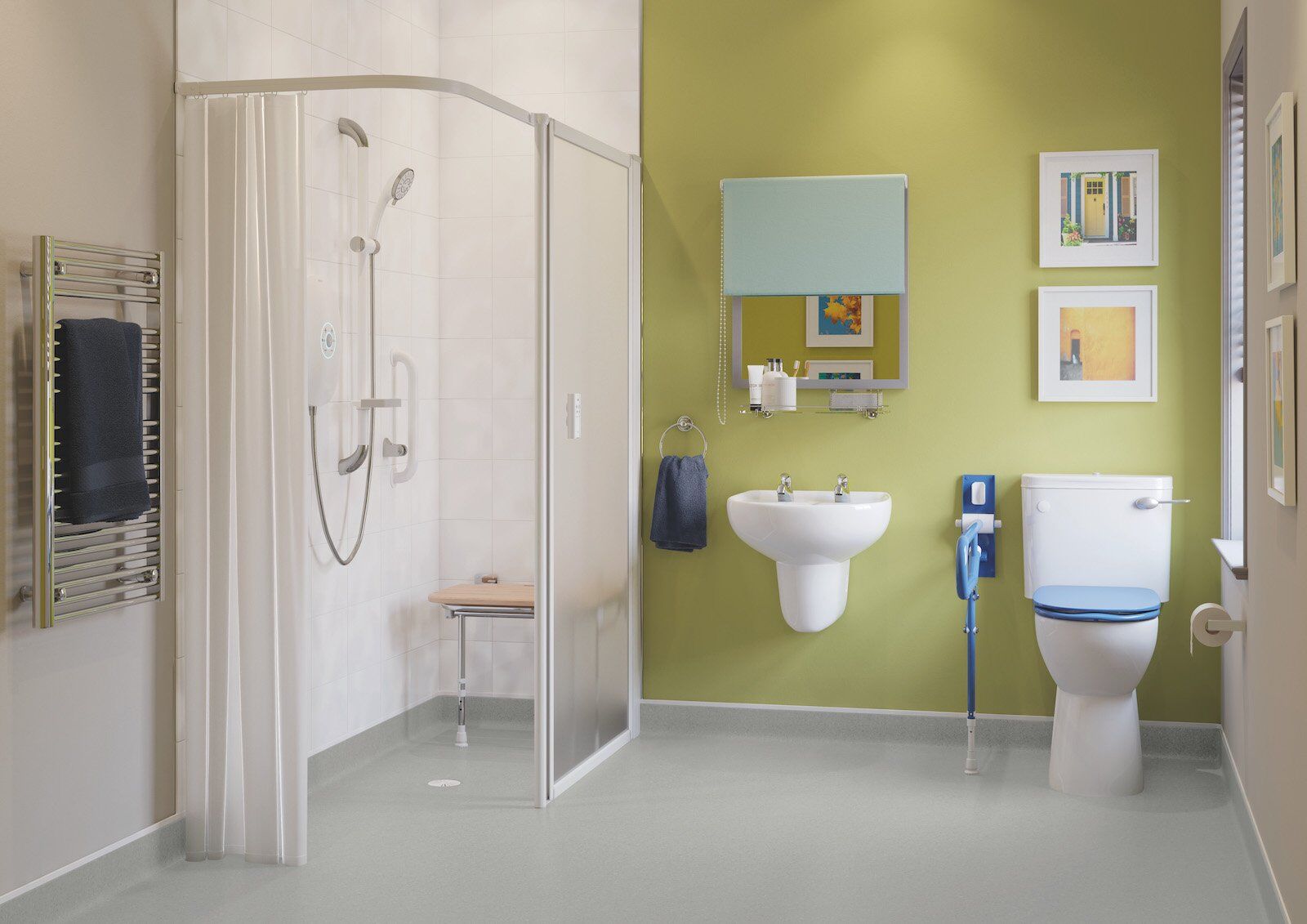
Courtesy of EA Mobility
Conclusion
In conclusion, designing an elderly-friendly bathroom doesn’t mean compromising on style or aesthetics. With a bit of thought and planning, it’s entirely possible to create a space that caters to the unique needs of ageing individuals, promoting safety, accessibility, and independence.
From accessible grab rails, low-access showers and non-slip mats to functional storage, each element plays a vital role in crafting a comfortable and practical environment. Moreover, by incorporating future-proof designs, the bathroom can adapt to changing mobility needs, further ensuring its usability for years to come.


